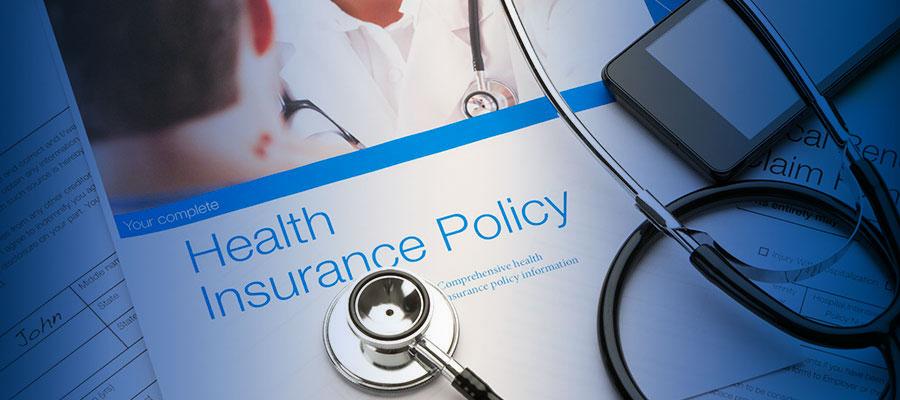CDC reports on uninsured in first six months of 2021

An estimated 9.6% of U.S. residents, or 31.1 million people, lacked health insurance when surveyed in the first six months of 2021, according to preliminary estimates from the National Health Interview Survey released yesterday by the Centers for Disease Control and Prevention. That’s not significantly different from the survey’s uninsured rate for 2020.
Among children, 4.4% were uninsured, 44.7% had public coverage, and 53.1% had private coverage. Among adults under age 65, Hispanic adults (31.4%) were more likely than Black (14.7%), white (9.0%) and Asian (6.1%) adults to be uninsured. The percentage of people under age 65 with exchange-based coverage increased from 3.7% in 2019 to 4.3% in the first six months of 2021.
Related News Articles
Headline
The Centers for Medicare & Medicaid Services released a bulletin Nov. 18 summarizing provisions from the budget reconciliation bill related to Medicaid and…
Headline
Aetna’s new “level of severity inpatient payment” policy is now set to take effect Jan. 1, 2026, the company recently announced, along with providing…
Headline
The AHA has released a social media toolkit with sample posts and graphics encouraging people to sign up for 2026 health coverage via the Health Insurance…
Headline
A new report from KFF reveals that Medicare Advantage enrollees had access to just 48% of the physicians available to Traditional Medicare beneficiaries in…
Headline
Annual premiums for employer-sponsored family health coverage in 2025 increased 6% over last year to $26,993, according to KFF’s annual Employer Health…
Headline
The AHA Oct. 3 responded to the Medicare Payment Advisory Commission’s recent analysis on the financial impacts of Medicare Advantage enrollment growth on…

